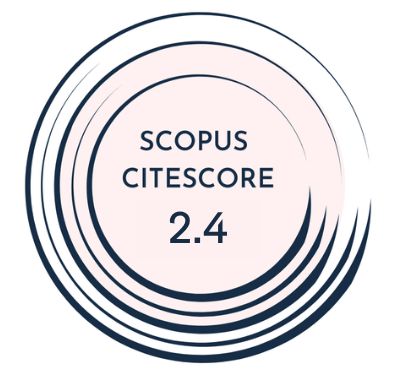Robotic surgery has changed pediatric urology more and more by giving pediatric urologists less invasive options for complicated reconstructive surgeries. Thanks to advances in technol ogy, pediatric urologists can now execute procedures with better dexterity, 3-dimensional vis ibility, and accuracy. These are especially important for congenital malformations that need precise dissection. Robotic-assisted laparoscopic pyeloplasty is now the most prevalent tech nique. It boasts success rates that are similar to those of open surgery and benefits including less pain, shorter hospital stays, and better appearance. Robotic ureteral reimplantation is also a safe and successful alternative to open repair for vesicoureteral reflux and primary obstruc tive megaureter, although it takes longer to learn how to do it. More and more often, complex surgeries like heminephrectomy, augmentation ileocystoplasty, Mitrofanoff appendicovesicos tomy, and bladder neck reconstruction are being done with robots, and the results are looking excellent. Robotic methods in pediatric uro-oncology are changing, but it’s important to choose patients carefully because of worries about tumor spilling. Robotic surgery is a useful technique in pediatric urology because it is more precise, comfortable, and quick to recover from, even if it costs more and takes longer to do. As robotic surgery becomes more common and its tech nology improves, it is likely to become a major part of both simple and complicated pediatric urology treatments in the future.
Cite this article as: Kırlı EA, Önal B. An overview of robotic surgery in pediatric urology: Techniques, outcomes, and future prospects. Turk Arch Pediatr. Published online November 26, 2025. doi:10.5152/ TurkArchPediatr.2025.25218.



.png)

